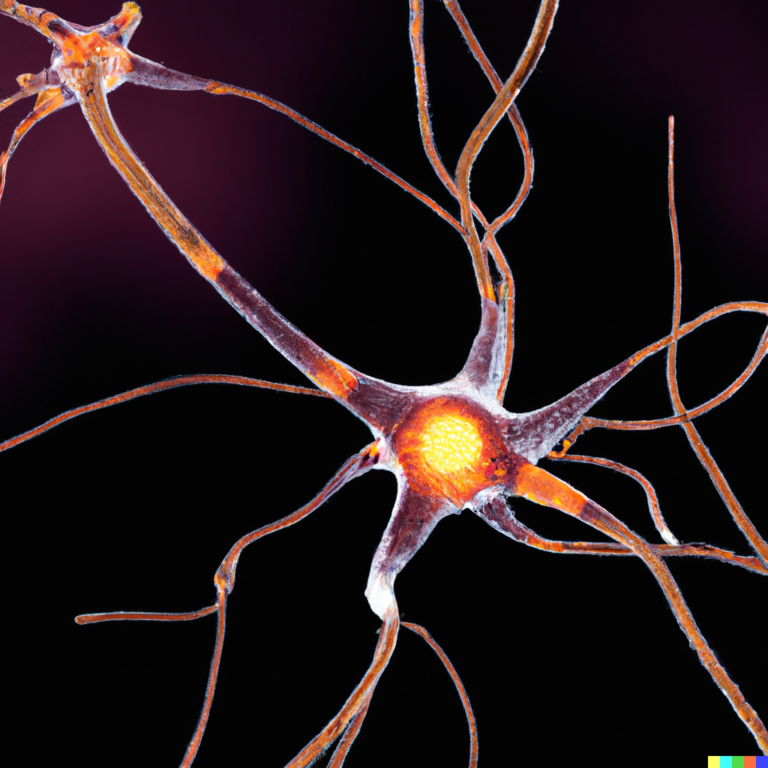Helping a dementia patient adjust to changes in their home layout can be challenging, but with the right approach, it can make a significant difference in their comfort and safety. Here are some practical tips to help you make these adjustments smoothly.
## Understanding the Needs of Dementia Patients
People with dementia often face difficulties with memory, orientation, and understanding their surroundings. This can make everyday tasks more complicated and increase the risk of accidents. Therefore, it’s crucial to create an environment that is easy to navigate and minimizes confusion.
## Simplifying the Home Environment
1. **Clear Pathways**: Remove any clutter or obstacles from walkways to prevent tripping. This includes securing rugs and mats to prevent slips and falls.
2. **Good Lighting**: Ensure that all rooms have adequate lighting. Automatic lights can be particularly helpful at night to prevent falls if the person gets up.
3. **Contrasting Colors**: Use contrasting colors for items like toilet seats, light switches, and handrails to make them more visible and easier to use.
4. **Labels and Signs**: Place clear labels or signs on doors and cupboards to help the person find their way around the house.
## Adapting the Home Layout
1. **Rearrange Furniture**: Position furniture in a way that makes it easy to access and use. For example, place a chair near a window for natural light and a view.
2. **Safety Equipment**: Install grab bars near toilets and showers, and use non-slip mats in bathrooms and kitchens to reduce the risk of falls.
3. **Wide Doors and Access**: Consider installing wide doors and ramps to facilitate easy movement, especially if the person uses a wheelchair.
## Engaging Activities and Routines
1. **Structured Daily Schedule**: Establish a consistent daily routine that includes regular times for meals, exercise, and rest. This can help reduce anxiety and confusion.
2. **Stimulating Activities**: Engage the person in simple, enjoyable activities like gardening or looking at photo albums. These can help stimulate their mind and keep them engaged.
3. **Visual Reminders**: Use visual aids like calendars or reminder boards to help them remember important events or tasks.
## Involving the Person with Dementia
1. **Involve Them in Decisions**: Whenever possible, involve the person with dementia in decisions about changes to their home. This can help them feel more in control and comfortable with the adjustments.
2. **Gradual Changes**: Make changes gradually to allow them time to adjust. Sudden changes can be overwhelming and stressful.
3. **Regular Reviews**: Regularly review the changes made to ensure they remain helpful and safe as the person’s needs evolve.
By following these steps, you can create a safer, more comfortable environment for a dementia patient, helping them adjust to changes in their home layout with greater ease.





